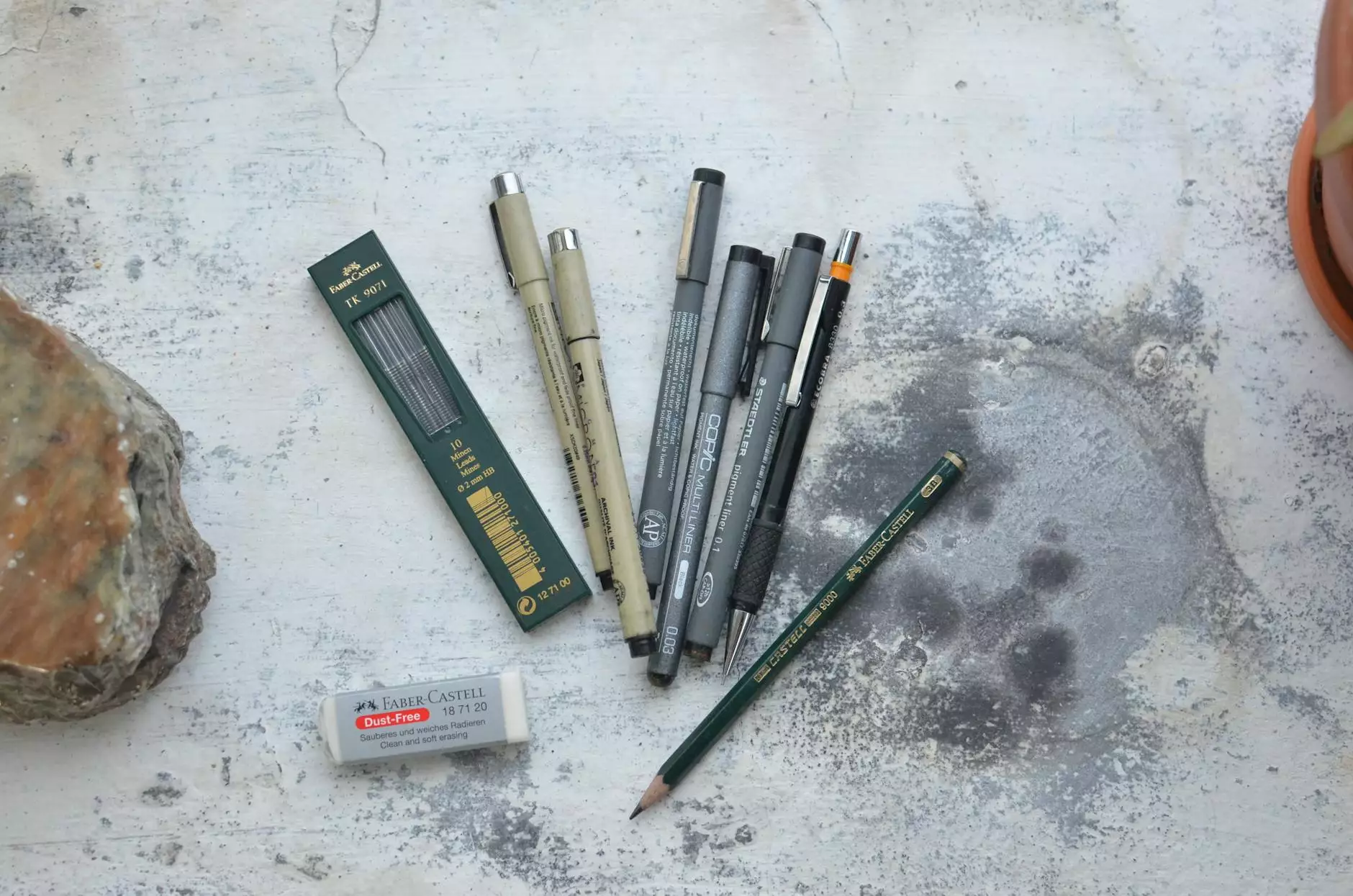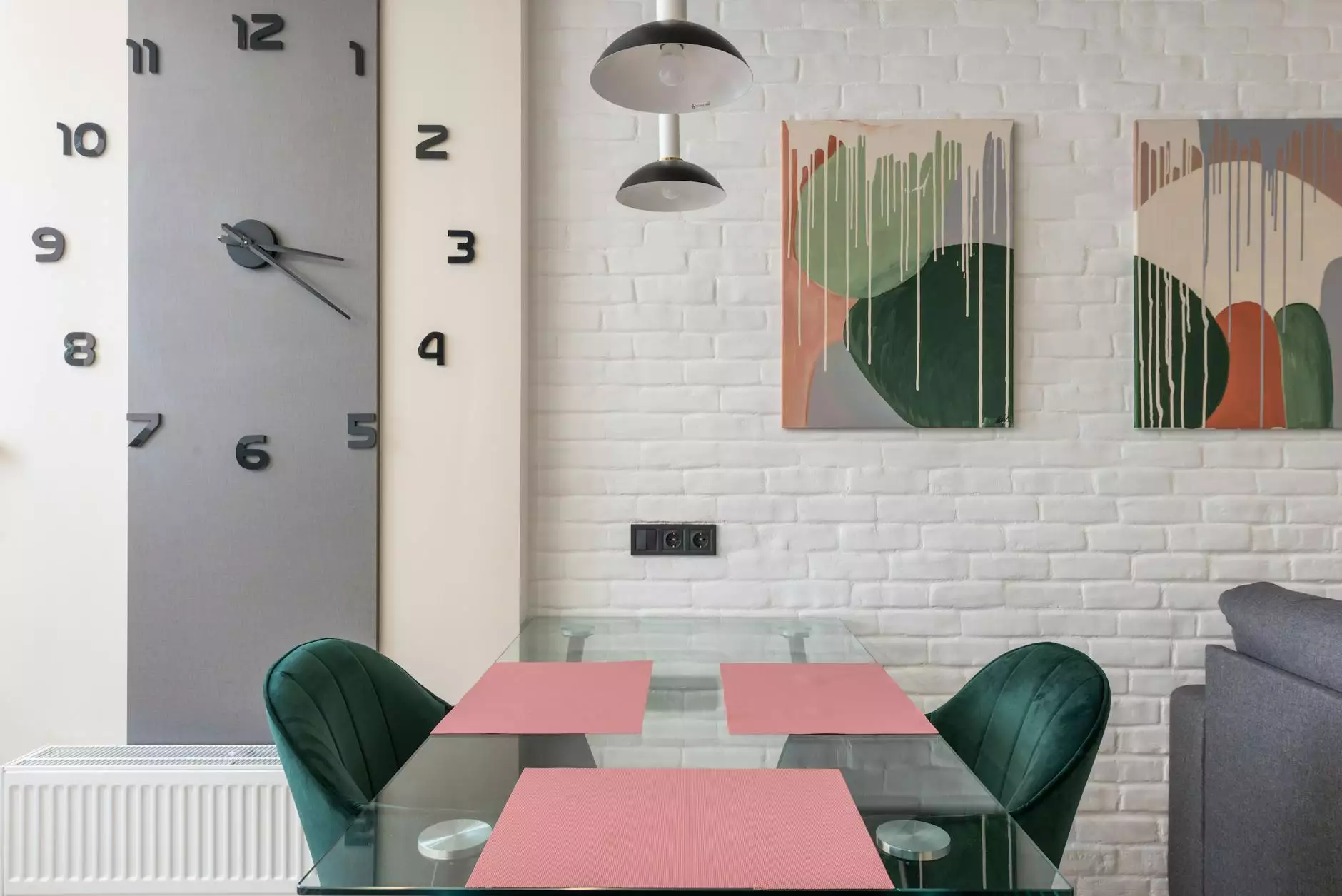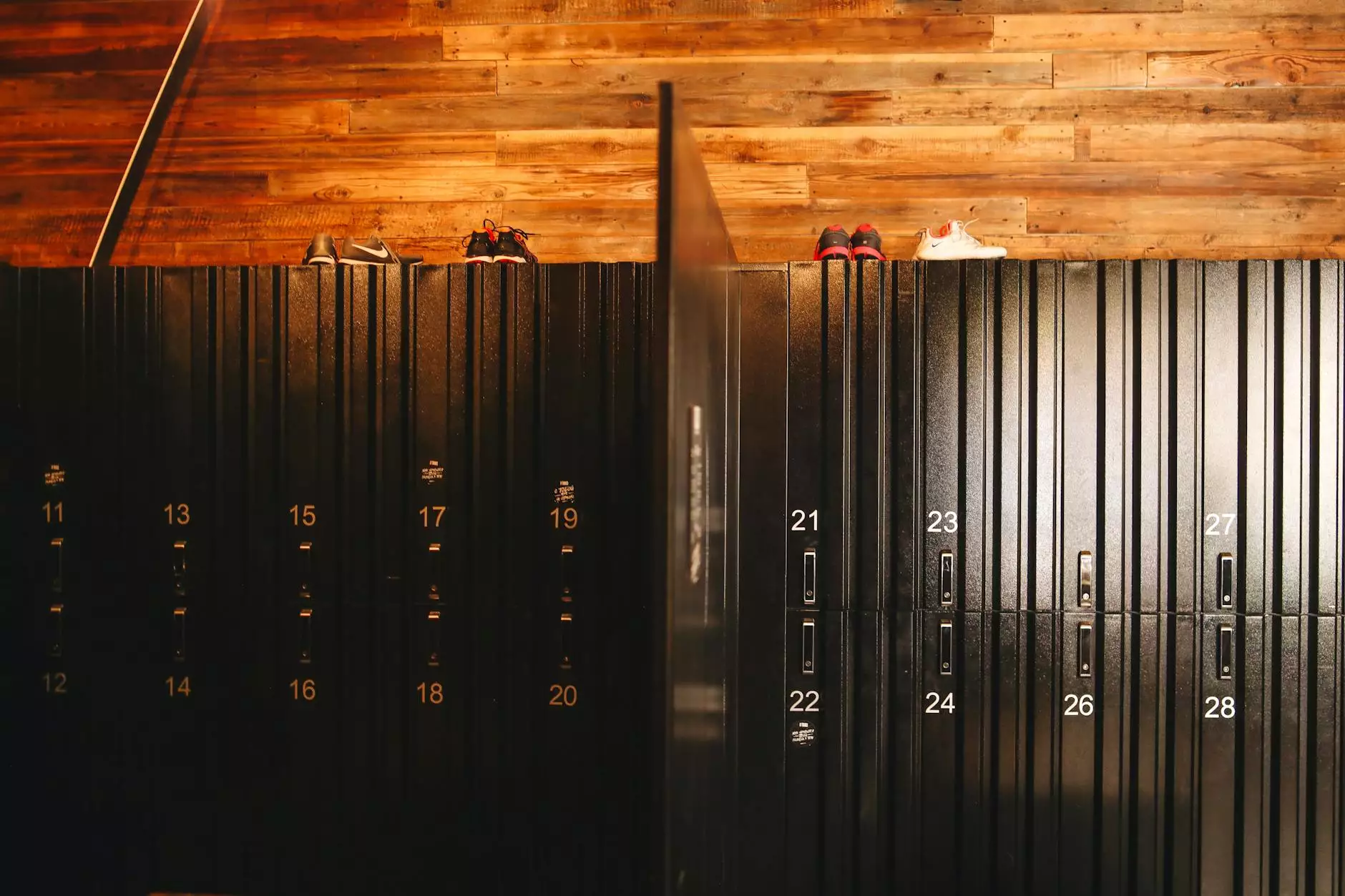How to Clean a Whiteboard or Dry Erase Board
Home Transformations
Welcome to Best DIY Furniture Paint, your trusted source for all things related to furniture organization and maintenance. In this article, we will guide you through the process of cleaning and maintaining your whiteboard or dry erase board effectively. Whether you're using it in an office, classroom, or any other setting, a clean whiteboard is essential for clear communication and productivity.
Why Clean Your Whiteboard Regularly?
A clean whiteboard not only enhances the overall appearance of your workspace but also ensures that the marker ink flows smoothly during your presentations or brainstorming sessions. Over time, whiteboards can accumulate stubborn stains, smudges, and ghosting, making it difficult to erase previous markings. Regular cleaning prevents the buildup of ink residue and ensures your whiteboard remains in optimal condition for years to come.
Cleaning Supplies You'll Need
Before we dive into the cleaning process, let's gather the necessary supplies:
- Mild detergent or whiteboard cleaner
- Microfiber cloth or soft sponge
- Whiteboard eraser
- Isopropyl alcohol
- Cotton balls or swabs
- Water
Step-by-Step Guide to Cleaning Your Whiteboard
Step 1: Remove Any Excess Ink
Start by using a dry whiteboard eraser to remove any visible markings from the board's surface. Gently wipe the eraser across the board, ensuring you cover the entire area. This step helps eliminate any loose or dry ink, making the cleaning process more effective.
Step 2: Prepare Your Cleaning Solution
Mix a small amount of mild detergent or whiteboard cleaner with water in a separate container. Follow the manufacturer's instructions for the appropriate dilution ratio. Alternatively, you can use isopropyl alcohol as a cleaning agent. Dilute it with water if required.
Step 3: Apply the Cleaning Solution
Dampen a microfiber cloth or soft sponge with the cleaning solution. Make sure it's not too wet to avoid excessive moisture on the board. Begin wiping the whiteboard using gentle, circular motions, focusing on one section at a time. Take care not to apply too much pressure as it may damage the surface or remove the board's finish. Ensure complete coverage of the board's surface.
Step 4: Tackle Stubborn Stains
If there are any persistent stains or ghosting marks, apply a small amount of undiluted isopropyl alcohol onto a cotton ball or swab. Carefully rub the affected area, using moderate pressure. The alcohol helps dissolve the ink and removes the stubborn stains. Remember to rinse the board thoroughly with clean water after stain removal.
Step 5: Rinse and Dry
Once you've cleaned the entire whiteboard, dampen a clean cloth with water and wipe down the surface to remove any residue of the cleaning solution. Dry the board with a separate cloth or allow it to air dry completely before using it again.
Tips for Maintaining a Clean Whiteboard
Here are a few additional tips to help you maintain your whiteboard's pristine condition:
- Regularly erase the board after each use to prevent marker ink from setting in.
- Avoid using abrasive materials, such as rough sponges or harsh chemicals, as they can damage the board's surface.
- Store your markers in a horizontal position to prevent ink from drying out and extend their lifespan.
- Consider using dedicated whiteboard cleaner products for deep cleaning sessions.
- Periodically inspect the board's condition and replace it if necessary to ensure optimal functionality.
Conclusion
Cleaning your whiteboard or dry erase board is a simple yet essential task to maintain its usability and prolong its lifespan. By following the steps and tips provided in this guide, you can keep your board in excellent condition, ensuring clear and effective communication. Remember to clean your whiteboard regularly and enjoy worry-free brainstorming, presentations, and collaborative sessions in your workspace.
For more expert tips on furniture organization projects, including office-related tips, feel free to explore our website, Best DIY Furniture Paint. We are dedicated to providing valuable resources and information on furniture care, maintenance, and improvement. Stay tuned for more informative articles to enhance your furniture-related knowledge!










